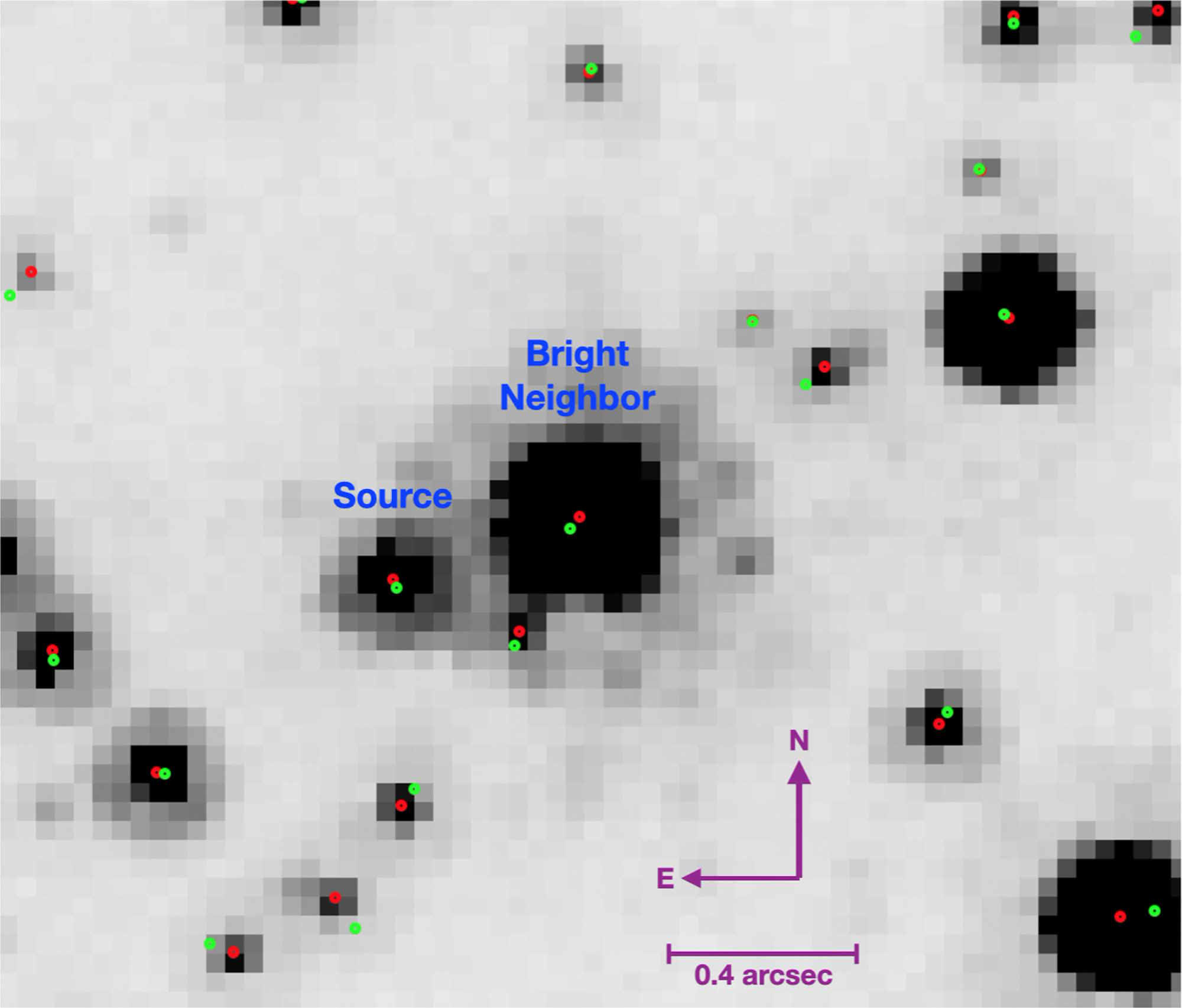There is a solitary black hole wandering near the center of our galaxy, astronomers confirm
Invisible Dark: Lone black holes passing through the galaxy should be a pretty common occurrence in the Milky Way, but they are notoriously hard to spot. According to recently published research, we have now confirmed the existence of the first-ever lone black hole. And it's essentially in our neighborhood.
A team of US astronomers led by Kailash Sahu said they have finally discovered the first isolated stellar-mass black hole traveling through space by itself. The researchers initially spotted this dark object in 2022, in the Sagittarius constellation, but their claim was disputed by a different team. However, the two groups are now in agreement: this particular black spot in the vastness of space really is a black hole.
Supermassive black holes are traditionally located at the center of large galaxies, like the well-known Sagittarius A* lying at the center of the Milky Way. Potential candidates for "wandering" supermassive black holes, moving through space after being ejected from their original location, have been considered as well.
The black hole described in the recently published research was discovered thanks to precise stellar observations made through the Hubble Space Telescope. The researchers made their original discovery by analyzing Hubble measurements recorded between 2011 and 2017, while their latest work relies on more Hubble data taken between 2021 and 2022. Additional observations by the orbiting Gaia telescope were also used.
The wandering black hole was discovered thanks to the object's influence on surrounding stars. The black hole has no "companion" star, but it made itself known while passing in front of a dim background star. The "gravitational lens" effect magnified that star's light, shifting its position in space as well. The black hole passed the star in 2011, the researchers explain, but the star's position is still changing to this day.
"It takes a long time to do the observations," Sahu stated, adding that "everything is improved if you have a longer baseline and more observations." The latest data confirms that the wandering black hole is around seven times the mass of our Sun. Based on the new observations, the second team of researchers revised their original hypothesis about the dark object, which they thought could be a neutron star. They now estimate the object has around six times the mass of the Sun, which is consistent with the new research by Sahu's team.
// Related Stories
The first wandering black hole ever discovered currently lies 5,000 light-years from Earth, so it should be much closer to our planet than Sagittarius A* (27,000 light-years). New solitary black holes could be discovered thanks to the Nancy Grace Roman Space Telescope, which is expected to launch in 2027 – if the current US administration does not cut all "unnecessary" funds from space exploration projects and NASA before then.


